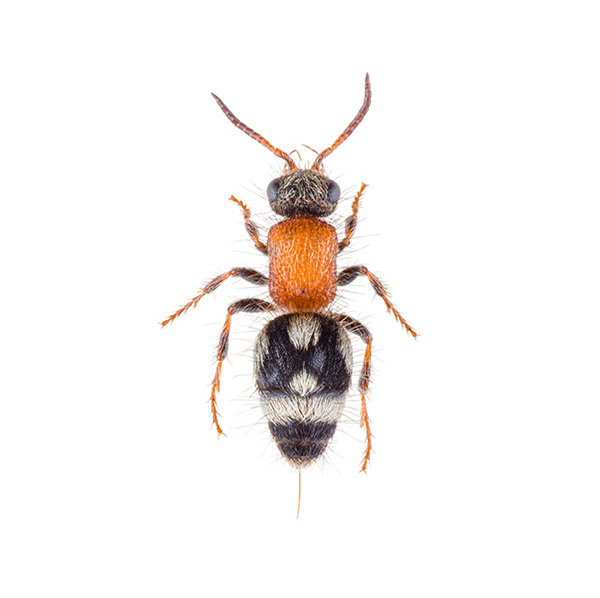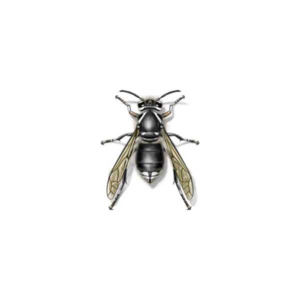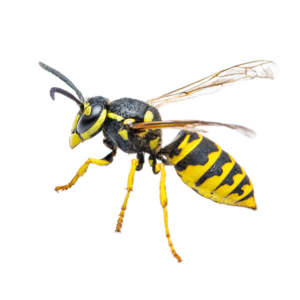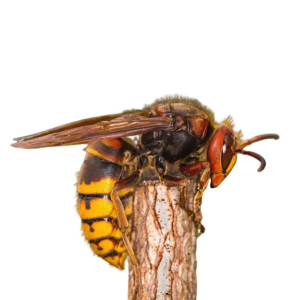
Velvet Ant Wasps in Atlanta, GA
Often termed the red velvet ant or cow killer ant, the velvet ant stands out as a solitary wasp that does not build nests. Its potent sting, durable exoskeleton, and noxious chemical secretions are so potent, it seems to be without predators. Named for the fuzzy, velvety appearance of wingless, brightly colored females, these wasps pack a punch you don’t want on your property. While males lack stingers and pose no threat, the females possess a sting so intense that certain larger species have earned the moniker “cow killer.” Their vibrant hues serve as a warning signal to deter predators, similar to the bright colors of wasps that signal their ability to sting.
Velvet Ant Wasp Habitat
During late summer, the velvet ant is commonly spotted dashing around open spaces, displaying occasional erratic movements. These sightings might occur in lawns, pastures, or even within building premises. Functioning as external parasites of bees and wasps, velvet ants infiltrate and take charge of their subterranean nests. Certain species among them possess the ability to paralyze flies and beetles. As a result, identifying specific nests for treatment becomes a challenge. Typically, female velvet ants scout for host nests on bare, sandy ground, while their male counterparts often frequent flowers. Sustaining themselves on nectar and water, adult velvet ants have a diet focused on these resources. Although infrequent, velvet ants might venture into structures in pursuit of prey.
Velvet Ant Behaviors, Threats, or Dangers
Velvet ants, despite their gentle nature and infrequent interaction with humans, possess highly potent and toxic venom, particularly in female specimens. Typically, stings occur accidentally when stepped upon. In some cases, such stings might trigger severe allergic reactions necessitating urgent medical care. It’s crucial for parents to educate their children against handling or touching them. If a velvet ant is sighted, do not hesitate to contact a licensed wasp removal expert for safe intervention.




